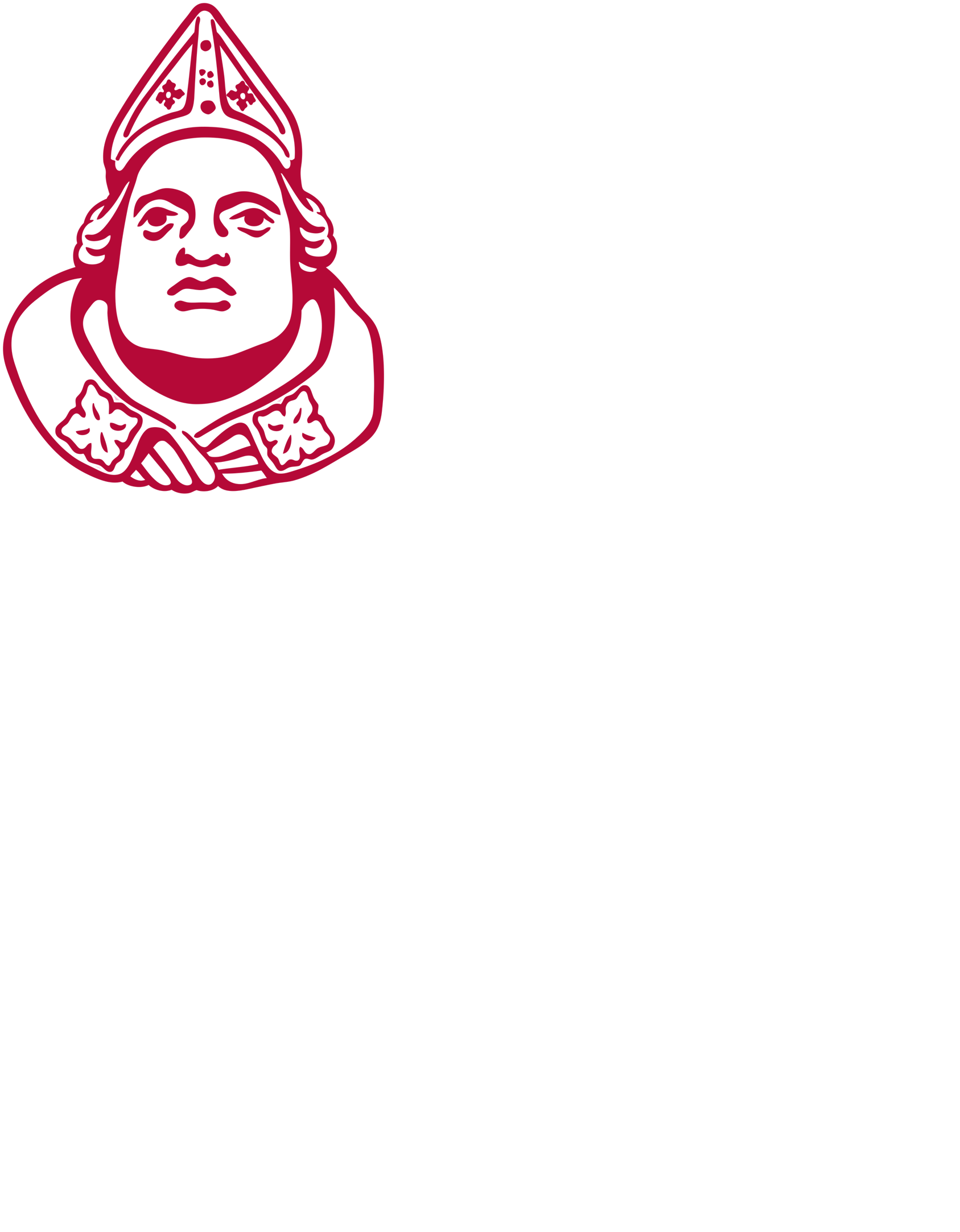Harvest
- George Bartlett
- Aug 22, 2016
- 4 min read

From 2011
The East Meon Vineyard), 75% Pinot Noir and 25% Chardonnay for the production of champagne-style wine, yielded its first crop in October 2009. The weather in 2009 was for the most part favourable for the growth of grapes for wine. Fine and warm at flowering time (late June and the beginning of July) and a sunny September to ensure sufficient ripeness. 2010 presented much more of a challenge.
It was a cold winter, but, probably because April was relatively mild, the first buds burst from the pruned vines on 27 April, only 3 days later than in 2009. A nasty late frost on 12 May killed some of the shoots, but happily the damage was fairly limited. Late June and early July were fine and warm, so that there was good flowering and fruit set, although the period for this was rather extended. There was the potential for a large crop, given good weather thereafter.
But August, as all who took holidays in this country will remember, was a dreadful month, with about two-thirds of the usual sunshine and a lot of rain, particularly towards the end of the month. It followed a spring and summer that had been unusually dry: only about an inch of rain fell in each of the months April, May and June, and there were less than two inches in July. These conditions were ideal for the development of botrytis, which develops on the grapes as an unpleasant grey mould (and is to be distinguished from “noble rot” botrytis, which, at the end of ripening, brings white grapes that are to be made into dessert wine to a raisin-like sweetness). You spray against botrytis from the time of fruit-setting, but it is never possible to prevent it, particularly in such a summer as this. We first noticed it in the first week of September, as did other vineyards, and over the next few weeks we spent many hours removing infected grapes. Torrential rain in the first week of October encouraged it further.
Because of the extended period of flowering and fruit set there was a wide range of ripeness in the grapes. We planned to postpone picking for as long as possible – to the last but one weekend in October – in order to extract the last bit of ripening from the declining year. A forecast of unhelpfully cold weather, however, prompted us to pick on 17 October (still a week later than in 2009), and it was a good decision. In the course of the next week there were frosts, one quite severe, and we should have lost out by hanging on. On the 17th a slight but undamaging frost opened a most beautiful, sunny autumn day, and our team of helpers assembled to harvest the crop.
Harvesting was less straightforward than the year before owing to the botrytis and the range of ripeness of the grapes. We left unpicked the less ripe grapes, and the team went through every picked bunch to remove the grapes that were mouldy. The result was a van-load of grapes that we thought seemed quite respectable. When we got to Dermot Sugrue’s winery near Findon, Dermot took one look at them and called the staff out from the winery to admire what he said was the most perfect crop he had had delivered to him. The stacks of crates waiting to be pressed from one of the larger vineyards certainly presented a contrast, with many unripe bunches and the suffocating smell of mould.
At that point, therefore, we were feeling modestly pleased that the result of our hard work had in the event produced a decent crop. We felt even more pleased, and possibly slightly less modest, when, after the grapes had been pressed, an analysis of the juice showed the sugar content, acidity and pH to be spot-on the ideal. Despite our rigorous selection the yield was 20% up on 2009 (though far short of the amount that we shall get when the vines are fully mature) and, after a gentle extraction, it will result in about 700 bottles. The wine is now in a large oak barrel following fermentation. I have yet to taste it, but the indications are that it will be very good. It will be bottled, to undergo its second fermentation, probably in August.
So a very different year from 2009, but it illustrates the nature of our little operation. Champagne production, and the production of sparkling wine by the larger producers in this country, is all about blending wines from different batches to produce something that is recognisably consistent with the wine of previous years. In these mixing processes the less good can be absorbed with the larger good. We are simply seeking to produce the best wine we can from the year’s yield. So we will limit the crop as necessary to ensure that the quality is good, and if there are years in which conditions are so adverse that even selection will not produce a wine of sufficient quality we will sell the crop or the wine for blending.
Meanwhile the 2009, which was bottled in August 2010, will already have developed its fizz. Probably in April 2012, the yeast will be popped out, the liqueur d’expédition will be added and the cork inserted. Dermot will no doubt then tell us to wait for a year or two before starting to drink it, but I rather think that is one piece of advice that we shall ignore.















Comments